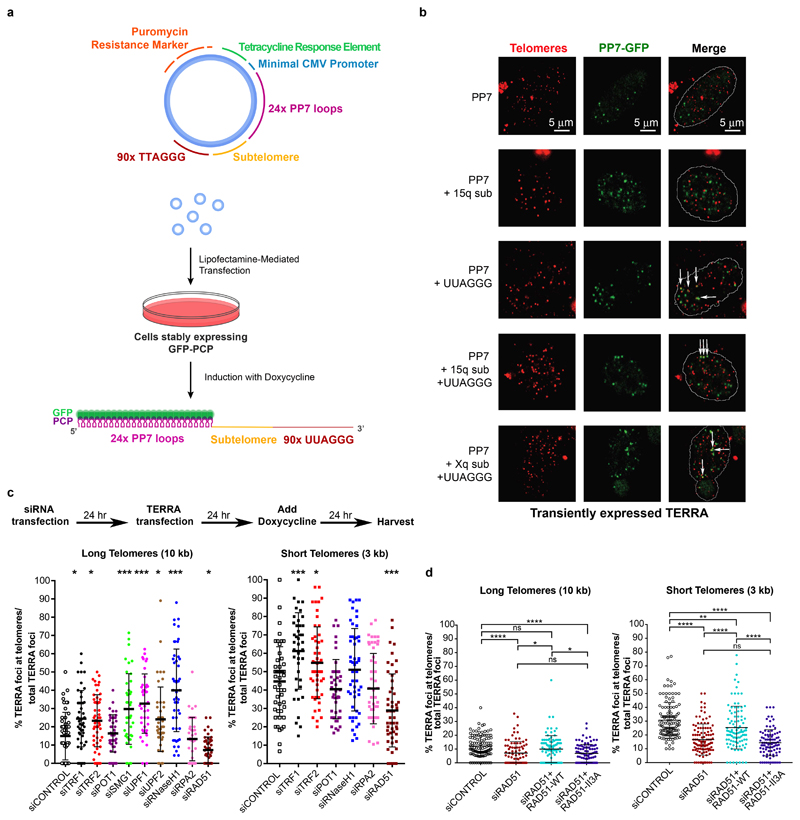Fig. 1. Transgenic TERRA associates with telomeres and association is dependent on RAD51.
a, Schematic of chimeric TERRA construct and assay. The plasmids were transfected into HeLa cells constitutively expressing the GFP-PCP protein. After 24 hours TERRA transcription was induced with doxycycline. Chimeric TERRA, that is recognized and bo und by the GFP-PCP protein, was analyzed 24 hours upon induction. b, Fluorescence in situ hybridization (FISH) for telomeric DNA (red) and immunofluorescence (IF) for GFP (green) was employed to assess the co-localization of transiently expressed PP7 constructs with telomeres. Confocal images are shown. White arrows indicate co-localization of PP7 foci with telomeric signals. c, Schematic representation of siRNA transfection and TERRA transfection sequence. HeLa clones with long (10 kb average) and short (3 kb) telomeres were transfected with the corresponding siRNA pools, followed by chimeric TERRA transfection. The percentage of co-localizing TERRA foci was assessed by telomeric FISH combined with GFP IF. n=2 biologically independent experiments, > 40 nuclei were analyzed per condition, data are mean ± s.d. One-way ANOVA with Dunnett’s multiple comparisons test was used, comparing all conditions to siControl (*P < 0.05; **P < 0.01; ***P < 0.001). d, RAD51 enzymatic activity is required for TERRA recruitment. Endogenous RAD51 was depleted with siRNA and WT RAD51 or RAD51 II3A mutant was expressed from plasmid containing cDNA. TERRA colocalization with telomeres was assessed as in c. n=3 biologically independent experiments, > 80 nuclei were analyzed per condition, data are mean ± s.d. Two-tailed unpaired t test was used to calculate the P values. (*P < 0.05; **P < 0.01; ***P < 0.001).

